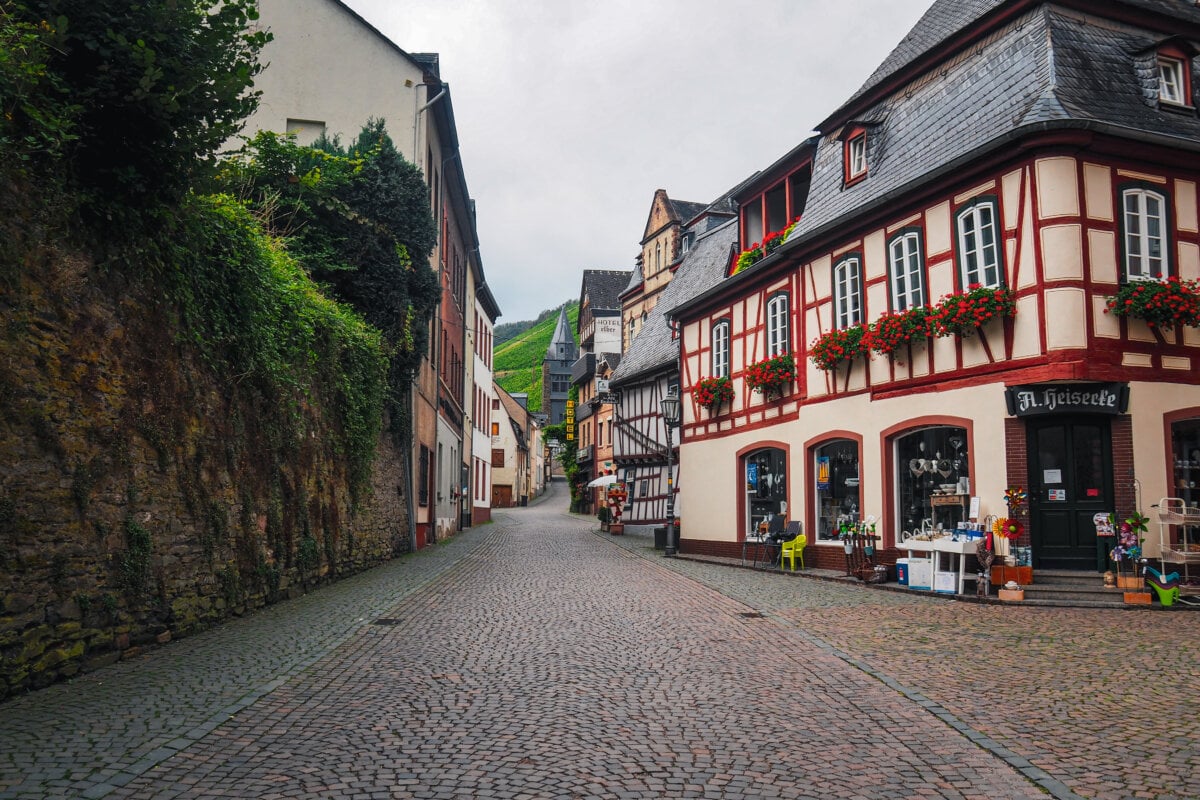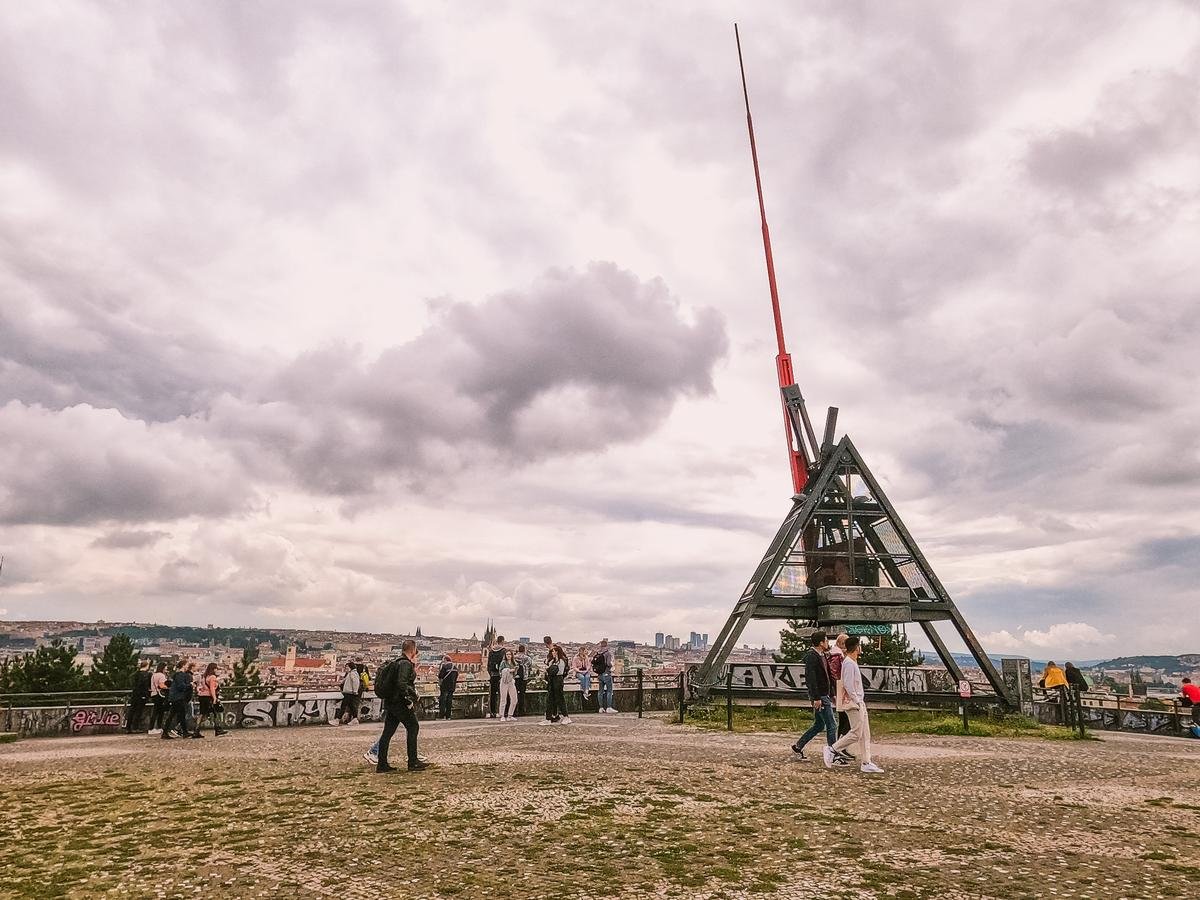The Netherlands, a country more commonly associated with tulips and windmills, has been quietly making waves in the winemaking world. Situated between Belgium and Germany, this small European nation is home to a rapidly expanding selection of wineries captivating the palates of wine enthusiasts around the globe.
After a wine course on Dutch wine at the Amsterdam Wine Festival at Gashouder and a recent trip to Maastricht to taste some fine wines, I was inspired to learn more about wine in the Netherlands. Plus, I recently came off a trip touring the Rhine Valley, tasting a variety of German wines. Last year, I visited several spots in Burgundy and the Champagne Region of France.

One thing I love about wine and beer tourism is the ability to consider a country’s climate and culture evident in producing these beverages. Here are some Dutch wines we tasted at the Amsterdam Wine Festival, except the far right bottle from Spain. We tasted this to contrast against red wine from the Netherlands.

With an increasing number of vineyards in every Dutch province, it’s becoming clear that the Netherlands is an up-and-coming wine destination worth exploring, particularly in light of climate change, where northern climates are becoming more favorable for winemaking.
In recent years, winemakers in the Netherlands have been honing their craft and producing exceptional wines that stand proudly alongside their European counterparts. The beautiful city of Maastricht, in particular, boasts an impressive winery scene and grape varieties, including the renowned Wijngaard Apostelhoeve.
This picturesque region, with its lush vineyards and stunning landscapes of the North Sea, offers a compelling reason to extend one weekend’s travels beyond Amsterdam’s bustling streets and canals. The Netherlands may not be the first country that comes to mind when thinking about wine, but this beautiful land is home to some delightful wineries and vineyards.

With the quality of Dutch wine improving tremendously in the past two decades, it is time to explore the hidden gems of the Netherlands’ wine regions. These are some Dutch vineyards producing some of the best tasting wine in the country.
See Related: Different Types of Traditional Dutch Food
Best Wineries & Vineyards in the Netherlands
Wijngaard De Amsteltuin

Situated in the picturesque surroundings of Amstelveen, Wijngaard De Amsteltuin showcases a charming, small vineyard producing lovely red and white wines. Visiting here provides an excellent opportunity to explore the winery, taste the fine wines, and admire the beautiful scenery.
Wijngaard Apostelhoeve

Nestled on the slopes of Maastricht’s Jeker Valley, Wijngaard Apostelhoeve is the oldest commercial vineyard in the Netherlands. Offering an enchanting day trip option from Amsterdam, this family-run vineyard produces elegant white and sparkling wines that are a must-try for wine connoisseurs.
Wijnhoeve De Kleine Schorre

Located in the heart of the Zeeland province, Wijnhoeve De Kleine Schorre is one of the largest vineyards in the Netherlands and is renowned for producing high-quality white wines. This vineyard combines traditional Dutch winemaking techniques with modern technology, ensuring a delightful wine-tasting experience.
Chateau Amsterdam

For those looking for a unique winery experience in the Dutch capital, Chateau Amsterdam should be on the itinerary for Noord-Holland (North Holland) wine tastings. This urban winery focuses on creating exceptional wines by sourcing grapes from various European regions. A variety of wine-tasting events are held here, offering a captivating addition to the list of best things to do in Amsterdam.
De Fiere Wijnakker

De Fiere Wijnakker, in Gelderland, is a cozy, family-owned vineyard dedicated to biodynamic farming practices. Visitors can take guided tours and try the local red, white, and sparkling wines while enjoying the eco-friendly surroundings.
De Santspuy Wijn- En Aspergeboerderij

In the southern province of Noord-Brabant, De Santspuy Wijn- En Aspergeboerderij offers a delightful combination of exceptional wine and delicious asparagus dishes. With a passion for sustainability and local produce, this vineyard is a great choice to experience a taste of authentic Dutch hospitality.
Wijnhoeve De Heikant

Located in Groesbeek, Wijnhoeve De Heikant is known for its picturesque vineyards surrounded by stunning nature. Visitors can sample a range of wines produced on-site at this family-friendly vineyard while enjoying views of the Dutch landscape.
Domein Hof Te Dieren

Domein Hof Te Dieren is the largest walled vineyard in the Netherlands. Located in Gelderland, this historic estate produces various wines using sustainable practices. Wine lovers can partake in tastings and purchase their favorite bottles to take home.
Wijngaard Hesselink

Last but not least, Wijngaard Hesselink in the Achterhoek region offers an idyllic setting for sampling a variety of Dutch wines. This family-run vineyard prides itself on producing sustainably made red, white, and rosé wines, providing a memorable experience for wine enthusiasts visiting the Netherlands.
See Related: Essential Things to Do in the Netherlands This Winter
History of Dutch Wine
Early Agricultural Shift and Vineyard Expansion

The Netherlands has a rich history that began with fish culture several centuries ago, which evolved into a focus on agriculture. In recent years, the growth of vineyards has been astonishing.
The number of vineyards has increased from 95 to 165 in the past five years, indicating a significant expansion in Dutch viticulture. Despite the challenges posed by expensive and scarce land, farmers and restaurateurs with access to more landscape have embraced wine production, often as a supplementary endeavor.
The Phylloxera Epidemic and Its Aftermath

The Phylloxera epidemic, first discovered in France around 1864, was a cataclysmic event that destroyed about 90% of the vineyards across Europe. This pest, originally from America, met its match in American vines, which exhibited natural resistance.
This led to the innovation of grafting European vines onto American rootstocks, creating resilient vineyards to the pest. Although this conferred a measure of immunity, ongoing protection through pesticides is still necessary.
Resurgence and Modern Viticulture

The resurgence of viticulture in the Netherlands began in the 1970s, with pioneering vineyards like Appelsdorf in South Limburg. Limburg, Gelderland, and Zeeland regions are renowned for housing the country’s most distinguished vineyards.
Vineyards in the Netherlands are typically small, averaging around two hectares, in stark contrast to the sprawling estates found in other countries. These areas contribute to two-thirds of the nation’s wine production, which consists mainly of white wines, with a selection of light-bodied red wines, as the climate dictates.
Dutch Wine Classification and Varieties

Dutch wines also adhere to a classification system. Like the ‘Appellation’ system in France and the ‘DOC’ in Italy, the Netherlands has standards such as ‘BGA’ or ‘BOB’.
In the ‘BGA’ classification, at least 85% of the grapes must originate from the province, and at least one significant step in the wine-making process must occur locally. ‘BOB,’ for ‘Prescribed Origin’s Naming,’ requires that all grapes be sourced from the designated region.
Organic Viticulture and Market Aspects

Organic viticulture presents unique challenges in the Netherlands, particularly due to the climate. For instance, in Gelderland, organic wineries strive to avoid chemical interventions.
However, adverse weather conditions (like in 2019) can devastate crops, forcing winemakers to choose between using chemicals to save their vineyards or maintaining their organic status. As a result, the output can fluctuate dramatically, with small producers with excellent vintages in favorable years and minimal yields in others.
This variability contributes to the relatively high cost of Dutch wines, compounded by high labor costs and expensive land. Due to these factors, the average price for a bottle of Dutch wine is quite high.
See Related: Best Restaurants in the Netherlands
Consumer Perceptions and Market Dynamics of Dutch Wines

The expectations surrounding Dutch wines are shaped by their distinctive characteristics. Typically, one might anticipate a lighter wine with pronounced acidity.
The alcohol content is usually moderate, hovering around 12 to 13 percent due to the cooler climate, affecting the sugar and alcohol levels. While red wines may be aged in oak to enhance their body, white wines in the Netherlands rarely use oak aging.
This choice preserves the fresh, crisp profile characteristic of Dutch grape varieties. The preference for avoiding oak and limiting oxygen exposure helps maintain the unique character of the wines. Consequently, screw caps are less common, often associated with wines that benefit from some oxygen ingress.
The Netherlands offers a variety of wineries and vineyards that cater to every palate. So, if wine tasting piques your interest, be sure to visit some of these Dutch gems on your next trip. For further information on what the Netherlands has to offer, check out the Amsterdam Travel Guide and 20 Best Places to Visit in the Netherlands.
Related Resources
- About the Author
- Latest Posts
Kyle Kroeger is the Founder and Owner of ViaTravelers.com. He is a full-time traveler and entrepreneur. Kyle started ViaTravelers.com to help travelers experience a fully immersive cultural experience as he did initially living in Italy. He’s a converted finance nerd and Excel jockey turned world wanderer (and may try to get lost on purpose). After visiting 12 countries and 13 national parks in a year, he was devoted to creating and telling stories like he’d heard.
Plus, after spending more time on airplanes and packing, he’s learned some incredible travel hacks over time as he earned over 1 million Chase Ultimate Rewards points in under a year, helping him maximize experiences as much as possible to discover the true meaning of travel.
He loves listening to local stories from around the world and sharing his experiences traveling the globe. He loves travel so much that he moved from his hometown of Minneapolis to Amsterdam with his small family to travel Europe full-time.
We take pride in providing authentic travel recommendations based on our own experiences. We may earn a commission when you purchase a product or book a reservation. Learn more ›




